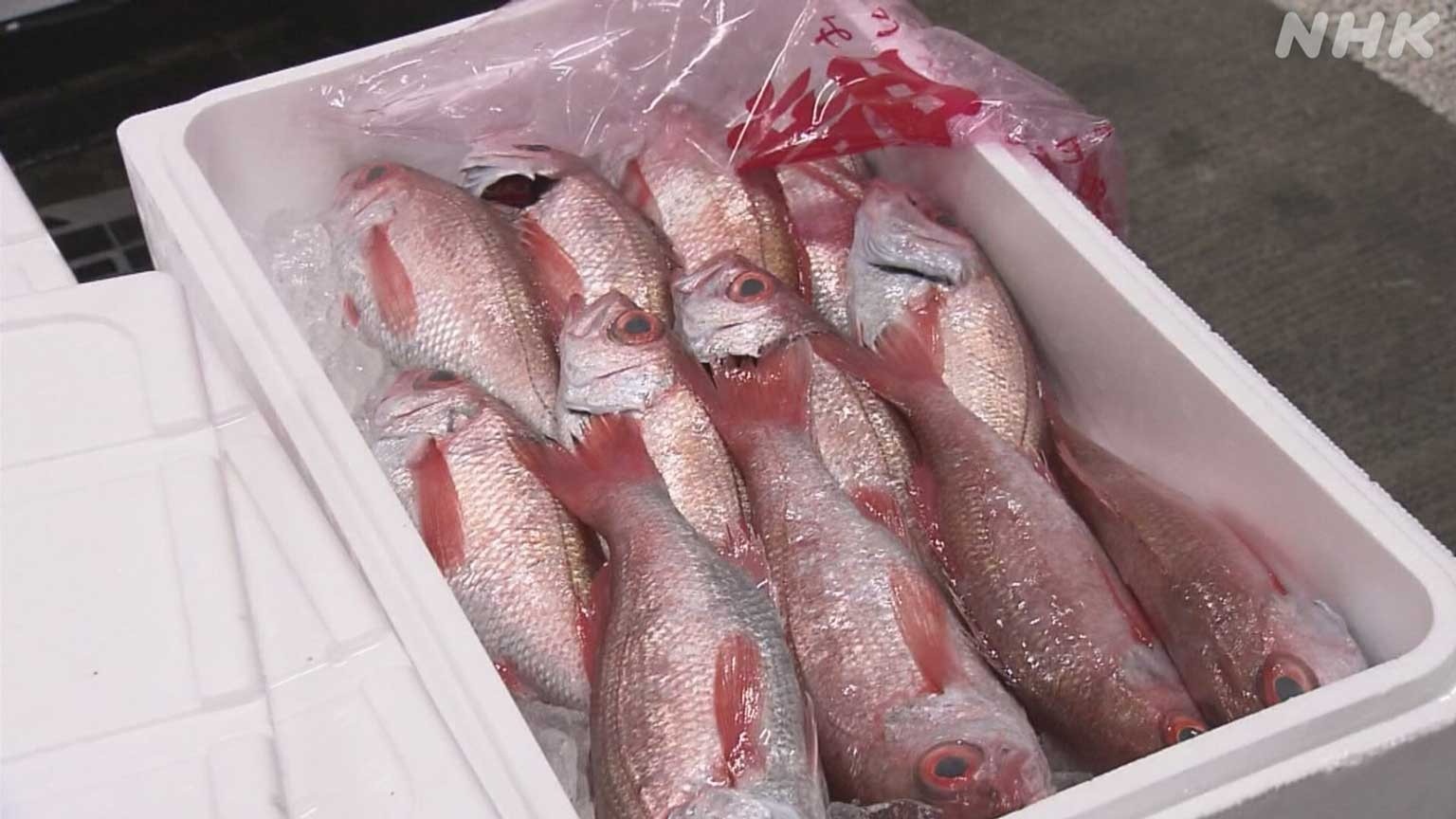A new demographic

It's 3 a.m. and the fish market in Fukuoka is already crackling with energy. The auction has just begun and the brokers are battling for what, on this day, is a relatively small catch due to inclement weather. The main attractions are the blackthroat seaperch and the pomfret, high-end fish that until recently would have been shipped mainly to high-end restaurants around Japan, but these days are just as likely to head abroad.
Chinese brokers are the leading players. They are hired by Japanese wholesalers and have orders to fulfill that they have fielded over the phone in Cantonese and Mandarin. Bidding is fierce, with other brokers dealing with customers in Korean.
One of them bids successfully for blackthroat seaperch, pomfret and cutlassfish which he says will ship to hotels and restaurants in Hong Kong.

Fukuoka wholesaler Shotoku has seen its export sales rocket, notably to Hong Kong, South Korea, and Taiwan. It has hired brokers native to those markets.
Company president Yuasa Shunichi says 40 percent of revenue now comes from exports, and having people who understand the language and business of those markets gives them a competitive edge.

"I don't think we can survive anymore if we only sell to the domestic market," says Yuasa. "For us, it is the best to sell to places that will buy at a high price. Now overseas is definitely more profitable."
"Japanese people can't pay"
The company that manages the fish market says the volume of high-end fish heading aboard is growing rapidly, with blackthroat seaperch, pomfret, scorpionfish and cutlassfish all proving popular. The market has around 40 wholesalers and most of them are now exporting at least some of their products.
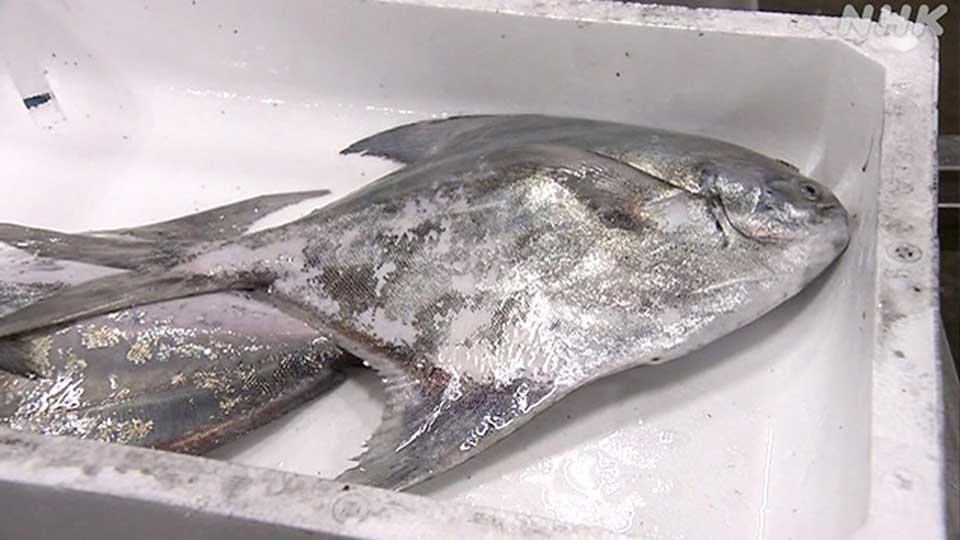
"We can't sell to Japanese people anymore because they can't afford these fish," says one Japanese broker.
Sashimi getting scarcer
According to Fukuoka wholesaler Moji Customs, which covers parts of the Kyushu area, the export volume of marine products has almost doubled over the last decade, and the value of those exports has rocketed by 260 percent.
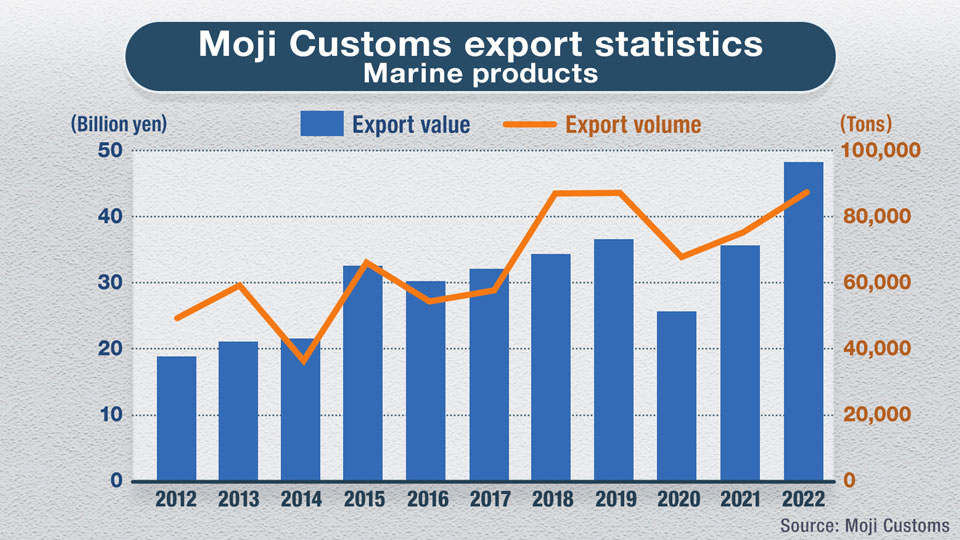
At the same time, catches are decreasing every year, so prices are naturally soaring and the fish are becoming scarcer in Japanese homes and restaurants.
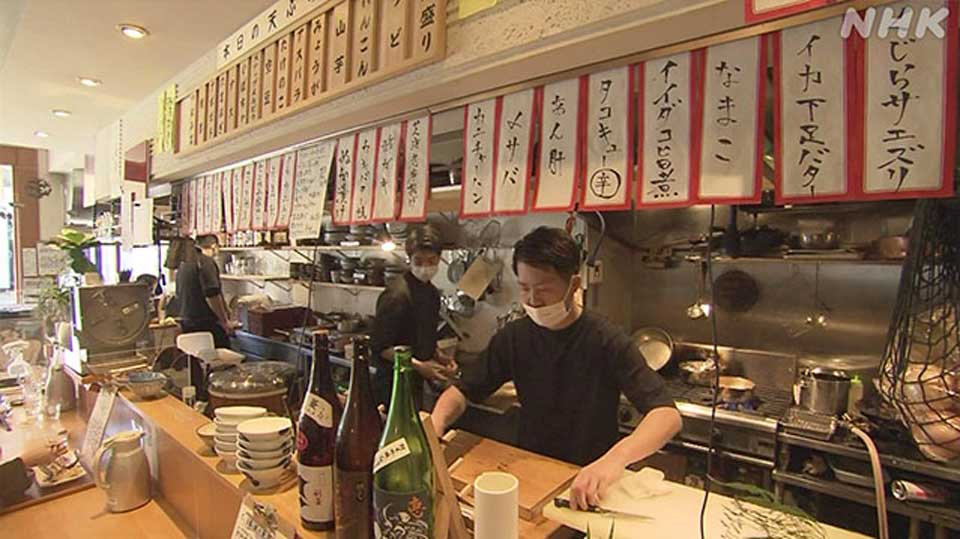
Miyake Yusuke runs a seafood restaurant in Fukuoka and says he's having trouble sourcing the items that used to be plentiful. His menu lists the venomous delicacy scorpionfish, but it's now crossed out with a thick black line. His wholesaler told him that the majority of that species gets shipped abroad.
Miyake's refrigerator does contain some blackthroat seaperch and pomfret but he says the price has jumped by about 50 percent in the last year.
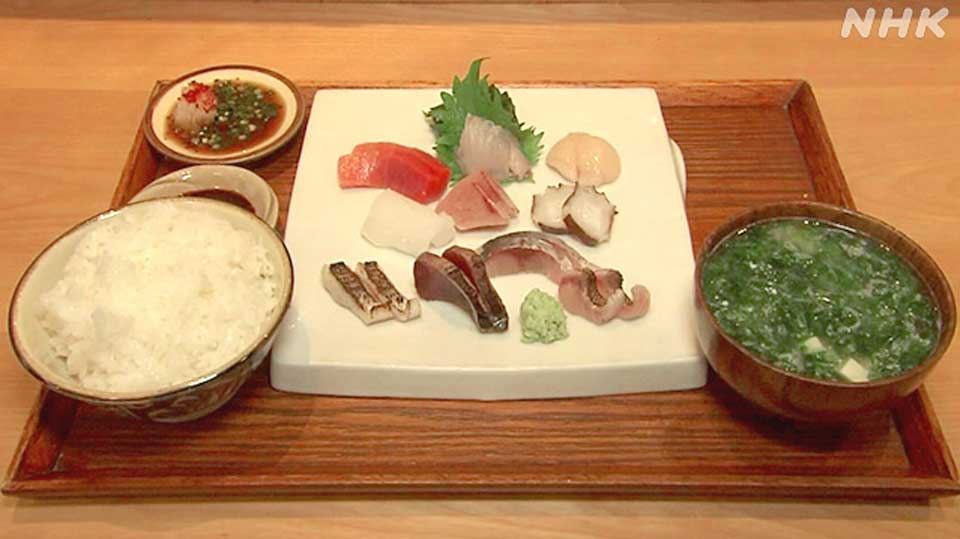
One of his most popular dishes is a platter of sashimi. In the past, he would serve ten kinds of locally caught fish for 2,500 yen. These days it is just two kinds for 2,800 yen. Miyake says he has had to pass on rising wholesale prices to his customers.
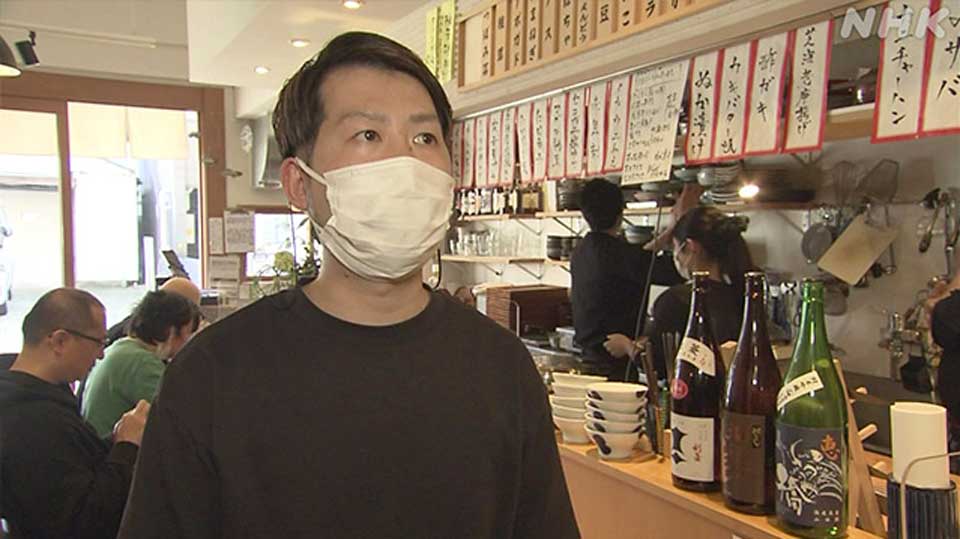
Miyake is concerned that domestic customers are missing out: "I'm worried that we'll only be able to eat a limited variety of farmed fish unless we're in luxury restaurants spending tens of thousands of yen."
Why it has to be Japanese
Hokkai Gakuen University Professor Hamada Takeshi says the surge in demand can be attributed to the growing taste for fresh sashimi abroad.
"As the living standard in Asia rises, people's needs are shifting away from California roll-style Japanese food to authentic cuisine indistinguishable from restaurants in Japan. So, the culture of eating raw fish is spreading rapidly."
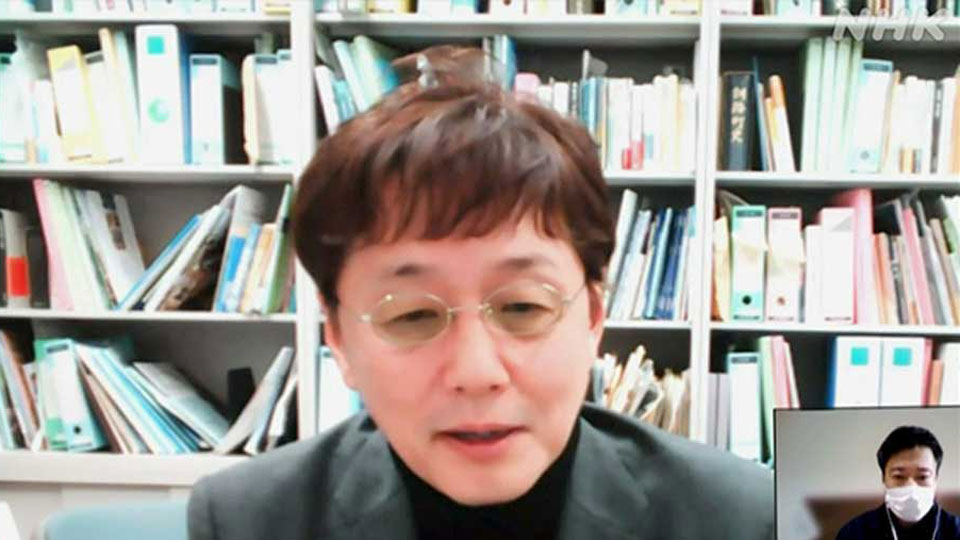
Hamada says restaurateurs abroad still want their fish caught in Japan, even if it means they incur shipping costs. Japanese preparation techniques such as blood removal and freezing help maintain the product's freshness.
"It takes deep know-how to distribute different kinds of fish that can be used for sashimi," he says.
"Without a drastic change in the economic environment, this situation will continue, and eventually it will be difficult for Japanese people to eat top quality fish unless we pay a lot for it."
